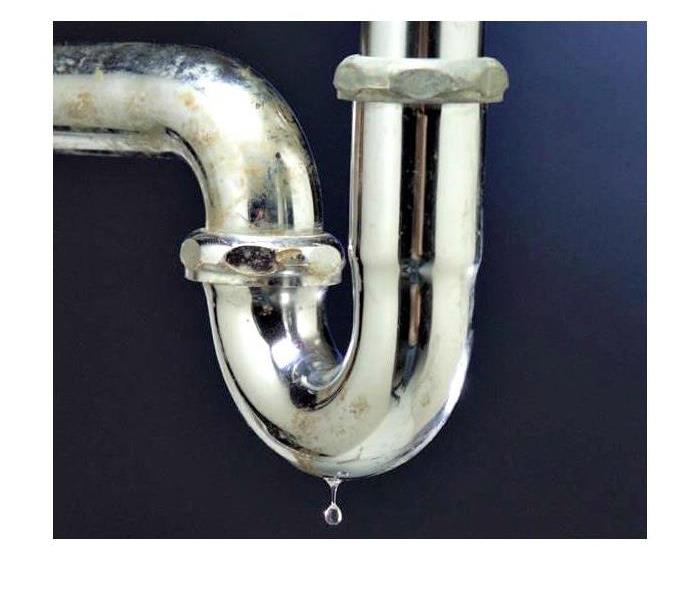Tips to Help Prevent Condensation & Resulting Mold
2/8/2018 (Permalink)
Condensation can be a sign of high humidity, which can lead to mold problems. The key to mold control is moisture control, and you can solve moisture problems before they become mold problems! How are some tips to reduce humidity:
- Increase ventilation or air movement by opening doors and/or windows, when practical. Use fans as needed.
- Cover cold surfaces, such as cold water pipes, with insulation.
- Increase air temperature.
- Fix leaky plumbing and leaks in the building envelope as soon as possible.
- Watch for condensation and wet spots. Fix source(s) of moisture problem(s) as soon as possible.
- Prevent moisture due to condensation by increasing surface temperature or reducing the moisture level in air (humidity). To increase surface temperature, insulate or increase air circulation. To reduce the moisture level in air, repair leaks, increase ventilation (if outside air is cold and dry), or dehumidify (if outdoor air is warm and humid).
- Keep heating, ventilation, and air conditioning (HVAC) drip pans clean, flowing properly, and unobstructed.
- Vent moisture-generating appliances, such as dryers, to the outside where possible.
- Maintain low indoor humidity, below 60% relative humidity (RH), ideally 30-50%, if possible.
- Perform regular building/HVAC inspections and maintenance as scheduled.
- Clean and dry wet or damp spots within 48 hours.
- Don't let foundations stay wet. Provide drainage and slope the ground away from the foundation.
For more information on mold cleanup and restoration please visit SERVPRO® Mold Cleanup & Restoration. If you have any questions or would like to schedule an appointment call us today at 904-729-2401.






 24/7 Emergency Service
24/7 Emergency Service
